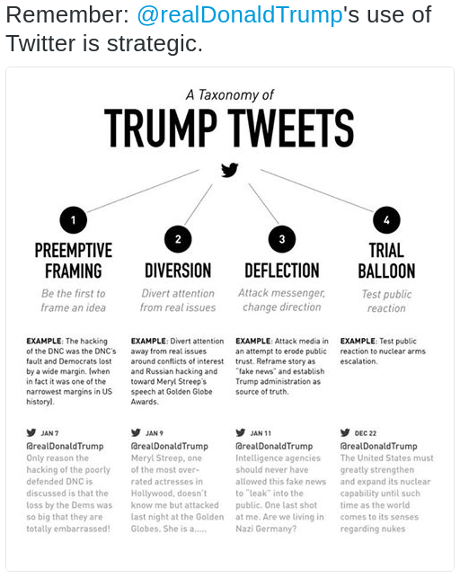AI-Assisted Fake Porn Is Here and We’re All Fucked by Samantha Cole.
From the post:
Someone used an algorithm to paste the face of ‘Wonder Woman’ star Gal Gadot onto a porn video, and the implications are terrifying.
There’s a video of Gal Gadot having sex with her stepbrother on the internet. But it’s not really Gadot’s body, and it’s barely her own face. It’s an approximation, face-swapped to look like she’s performing in an existing incest-themed porn video.
The video was created with a machine learning algorithm, using easily accessible materials and open-source code that anyone with a working knowledge of deep learning algorithms could put together.
It’s not going to fool anyone who looks closely. Sometimes the face doesn’t track correctly and there’s an uncanny valley effect at play, but at a glance it seems believable. It’s especially striking considering that it’s allegedly the work of one person—a Redditor who goes by the name ‘deepfakes’—not a big special effects studio that can digitally recreate a young Princess Leia in Rogue One using CGI. Instead, deepfakes uses open-source machine learning tools like TensorFlow, which Google makes freely available to researchers, graduate students, and anyone with an interest in machine learning.
… (emphasis in original)
Posts and tweets lamenting “fake porn” abound but where others see terrifying implications, I see boundless potential.
Spoiler: The nay-sayers are on the wrong side of history – The Erotic Engine: How Pornography has Powered Mass Communication, from Gutenberg to Google Paperback by Patchen Barss.
or,
…
“The industry has convincingly demonstrated that consumers are willing to shop online and are willing to use credit cards to make purchases,” said Frederick Lane in “Obscene Profits: The Entrepreneurs of Pornography in the Cyber Age.” “In the process, the porn industry has served as a model for a variety of online sales mechanisms, including monthly site fees, the provision of extensive free material as a lure to site visitors, and the concept of upselling (selling related services to people once they have joined a site). In myriad ways, large and small, the porn industry has blazed a commercial path that other industries are hastening to follow.”
… (PORN: The Hidden Engine That Drives Innovation In Tech)
Enough time remains before the 2018 mid-terms for you to learn the technology used by ‘deepfakes’ to produce campaign imagery.
Paul Ryan, current Speaker of the House, isn’t going to (voluntarily) participate in a video where he steals food from children or steps on their hands as they grab for bread crusts in the street.
The same techniques that produce fake porn could be used to produce viral videos of those very scenes and more.
Some people, well-intentioned no doubt, will protest that isn’t informing the electorate and debating the issues. For them I have only one question: Why do you like losing so much?
I would wager one good viral video against 100,000 pages of position papers, unread by anyone other than the tiresome drones who produce them.
If you insist on total authenticity, then take Ryan film clips on why medical care can’t be provided for children and run it split-screen with close up death rattles of dying children. 100% truthful. See how that plays in your local TV market.
Follow ‘deepfakes’ on Reddit and start experimenting today!



